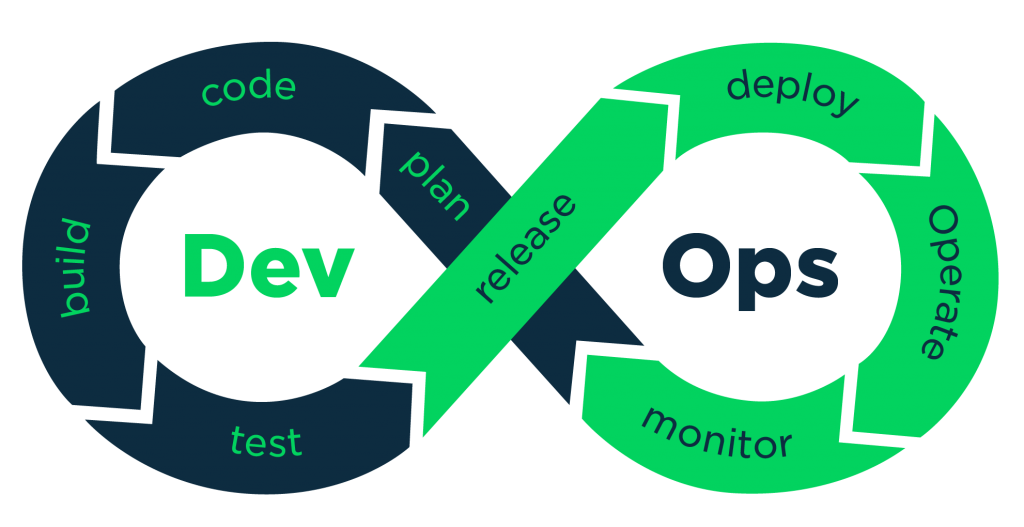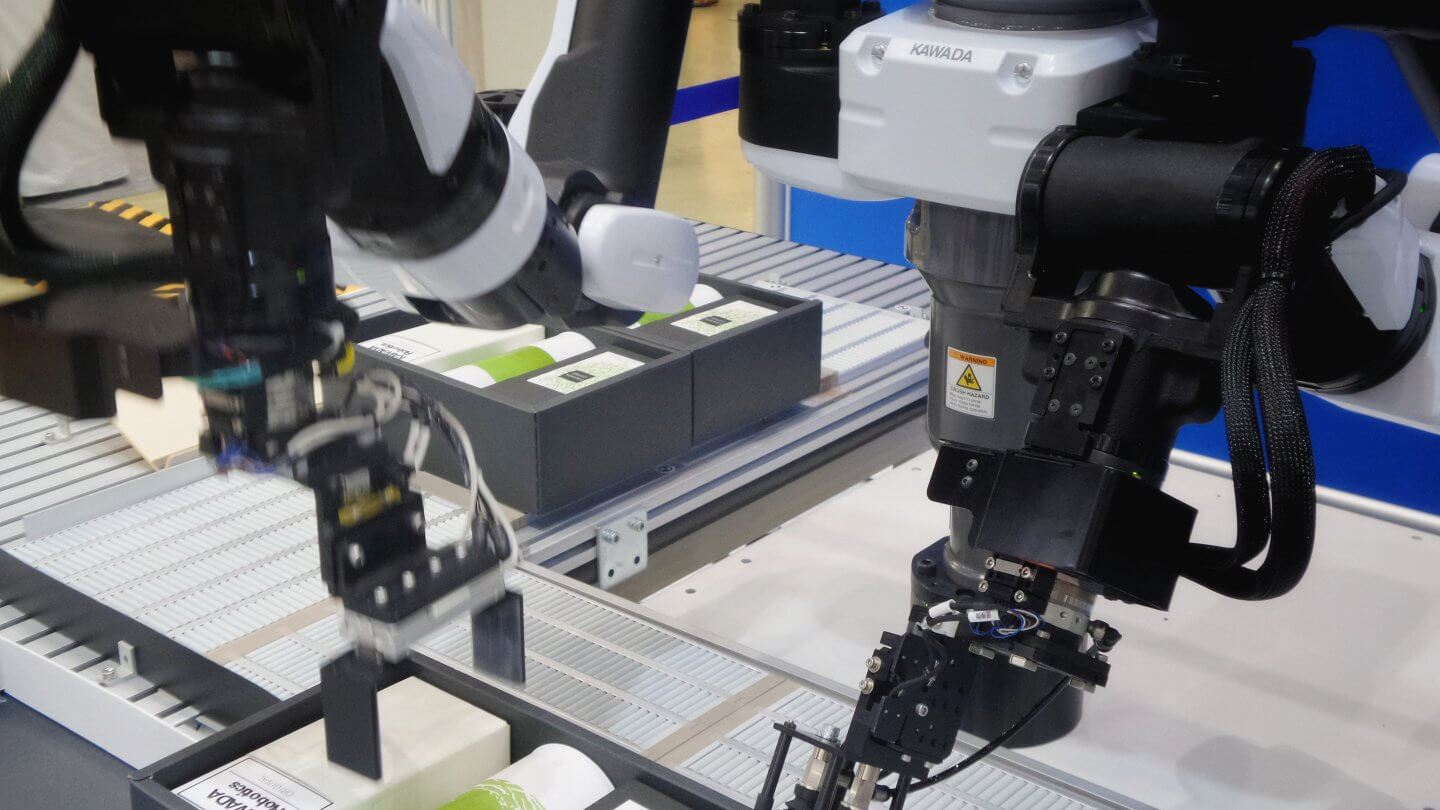All areas of the enterprise have their role to play in digital transformation: from HR through operations, logistics, F & A and, of course, IT.
Because the digital transformation of any organization is reliant to a significant extent on the IT underpinning the process (although even basics like HR or procurement strategies need to be re-examined), it’s the IT function that needs to be most responsive, agile and business-focused.
In this respect, all areas of the IT Department are role models for the rest of the company or organization. The speed at which IT is now capable of change is, with present conditions globally particularly in mind, a beacon for other functions in the wider enterprise. But any IT professional knows that the capability to change quickly doesn’t necessarily equate with ability to change.
Innovation needs to be quicker and more imaginative; customers and partners given greater value, and problems addressed more effectively and faster. And because applications are the means through which critical needs across the business are met, getting new deployments delivered quickly and with a faster overall cadence is vital.
In general, these needs can be addressed by new approaches: containerized applications, iterative DevOps, microservice-based application architectures, software-defined infrastructures, automation platforms, and the ability to embrace new areas of technology, especially IoT, edge computing, 5G, and artificial intelligence.

Source: SUSE
Manufacturing and supply chains are currently facing challenges from COVID-19 that are making IT’s agility at the edge and in industrial settings particularly important. Older, static systems that are reliant on manual changes are simply proving not effective in re-aligning complex supply chains that link manufacturing facilities on different sides of the globe.
With regard to IoT and edge, there’s no practical way that different development methodologies can be deployed separately from the rest of the enterprise’s development function. Portable and efficient code in containers can be be ported swiftly to edge environments in the same way that microservices can be deployed in legacy applications. What’s required is the same approach with regards to continuous delivery and automation applying in edge installations, at least as much as it applies to cloud-based applications and services.
Enterprises, therefore, need to source providers whose offerings cover all areas of the IT stack, with a degree of homogeneity and agility that allows this type of multi-modal IT flourish. Necessary agility at the edge simply cannot be considered as a unique and separate capability. Portability of code into different environments, from cloud to enterprise, from on-premise to edge: this needs to be central to IT practice in the current environment.
Clearly, the accepted way forward is through the power of open-source; it’s the only paradigm that positively encourages portability, security, the broadness of available features, and vendor independence. The first organization to release an enterprise Linux platform was SUSE, and in the edge & IoT space, its offerings are particularly powerful, fulfilling all the requirements that will proactively help drive digital transformation and multi-modality from the IT function.
The edge’s specifics
Hardware’s falling costs and increasing power combines with advances in software abstraction to create a situation in which powerful edge-based deployments of technology (once only found in the data center) are now an everyday reality, and with good reason. Whether it’s in transport, autonomous vehicles, medical settings, or remote utility installations, many enterprises are discovering the benefits of edge-based processing day to day, and in exceptional circumstances forced on the enterprise from outside environments.
Advantages are emanating from the real-time results that come from having localized capabilities. Additionally, with the enormous increases in data created at the edge, pushing every byte to and from a central cloud is uneconomic, and often unfeasible, too. It’s into this situation that elements of the SUSE portfolio fit: the SUSE Embedded Linux Operating System, for example, is designed to provide new-generation IoT and IIoT devices with the power and ability that business functions are demanding.
Local processing, applications and services created on solutions like the SUSE CaaS Platform, the advanced networking for Kubernetes automation based on the Cilium open-source project, and the SUSE Cloud Application Platform (to name just three) allow organizations to deploy at the edge continuously and iteratively — in concord with the rest of the agile development activities of the department.
Rapidly containerized and deployed applications give the organization the ability to respond incredibly quickly to new challenges that come the business’s way: the agility of modern DevOps, therefore, becomes the default methodology across all aspects of the digital transformation process, with IT as a central enabler.
The machine-learning possibilities
Of all the buzz phrases of the last five years, AI and ML have to figure as the two most common — and with good reason. No technology that we currently have has a similar ability to transform the way organizations work. In combination with IoT and new communications methods like LoRa and 5G, artificial intelligence can literally improve its own performance, autonomously generating better and better insights from the big data that flows from new-generations of IoT solutions.
Already, many companies are benefiting from edge-based machine learning applications that are pre-processing locally-created data, pushing only select data to central nodes. In this age of big data, localized processing has to be intelligent and fast, and produce actionable results for the business (and/or immediate results for critical applications).
In fact, in many settings, the edge installation is looking more like a remote server when viewed as a whole: with fully integrated compute, storage, AI processing and networking, all controlled through converged technologies from anywhere.
It’s only SUSE that has the range of solutions that are allowing the IT development function to work at the speeds demanded of it, everywhere in the enterprise, from the server room to the data center, to the edge, and across networks. With SUSE, businesses can act on the opportunities that present themselves (or developing emergencies imposed on them), solve problems quicker, and innovate at required speeds.
To learn more about how SUSE is helping organizations like yours with agile development and deployment for the edge, IoT, and in the cloud, too, reach out today to a representative.









